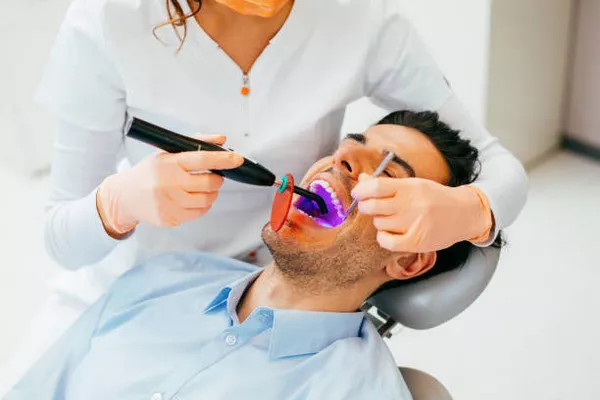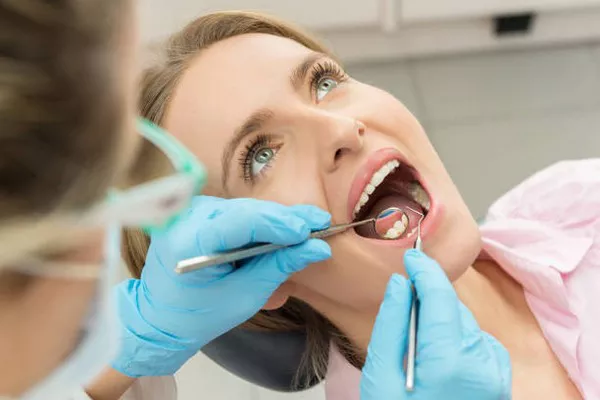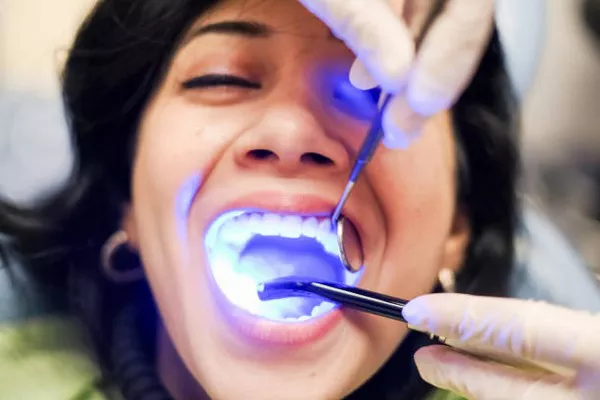Having yellow teeth can be a source of insecurity for many people. If you’re one of them, you’re not alone! Many factors can contribute to yellowing teeth, including age, genetics, diet, and lifestyle choices such as smoking or drinking coffee. However, there are several things that you can do to brighten your smile and make yellow teeth white again. In this article, we’ll explore the most effective methods for achieving a whiter smile.
Understanding Why Teeth Turn Yellow:
Before diving into how to whiten your teeth, it’s important to understand why they become yellow in the first place. The outer layer of our teeth is called enamel, which is naturally white. However, over time, this enamel can wear away, revealing the yellow dentin layer underneath. Additionally, certain substances, such as tobacco, coffee, tea, red wine, and some medications, can stain the enamel. Poor dental hygiene can also lead to yellowing teeth, as plaque buildup can cause discoloration.
Methods for Making Yellow Teeth White:
Practice Good Dental Hygiene:
The best way to prevent yellowing teeth is to maintain good oral hygiene habits. This includes brushing your teeth twice a day with a fluoride toothpaste, flossing daily, and visiting your dentist regularly for cleanings. By removing plaque buildup and preventing tooth decay, you can keep your teeth looking bright and healthy.
Change Your Diet:
Certain foods and drinks are known to stain teeth, so avoiding or limiting them can help prevent yellowing. These include coffee, tea, red wine, soda, and dark berries. Additionally, incorporating more crunchy fruits and vegetables into your diet, such as apples and carrots, can help scrub away surface stains.
Use Whitening Toothpaste:
Whitening toothpaste contains mild abrasives that can help remove surface stains and restore the natural color of your teeth. However, it’s important to choose a toothpaste that has the American Dental Association (ADA) seal of approval to ensure its safety and effectiveness.
Try Whitening Strips or Trays:
Over-the-counter whitening strips and trays are a popular option for at-home teeth whitening. These products contain peroxide, which helps to bleach away deep stains. However, it’s important to follow the instructions carefully and avoid using them too frequently, as overuse can damage your enamel.
Professional Teeth Whitening:
For more stubborn stains or faster results, professional teeth whitening may be the best option. This involves visiting your dentist for an in-office treatment or using a take-home kit prescribed by your dentist. Both methods use a higher concentration of peroxide than over-the-counter products and can produce dramatic results.
Cosmetic Dentistry Procedures:
In some cases, yellowing teeth can be the result of structural issues such as chipped or misshapen teeth. In these situations, cosmetic dentistry procedures such as veneers or bonding may be the best solution for achieving a whiter smile.
Can yellow teeth become white?
Yes, yellow teeth can become white with proper dental care and treatment. The natural color of teeth varies from person to person, but factors such as poor oral hygiene, certain foods and drinks (such as coffee and red wine), smoking, and aging can cause teeth to become stained or discolored over time.
To whiten your teeth, you can try regular brushing and flossing, avoiding foods and beverages that cause staining, using a whitening toothpaste, or undergoing professional teeth whitening treatments such as bleaching or laser therapy. However, it’s important to consult with your dentist before trying any new whitening products or treatments to make sure they’re safe and effective for your specific dental needs.
Why won’t my yellow teeth whiten?
There can be several reasons why your yellow teeth are not responding to teeth whitening treatments. Some common causes include:
The cause of the discoloration: Teeth discoloration can be due to various reasons, such as genetics, medications, health conditions, and diet. If the cause is intrinsic, meaning it’s from within the tooth, such as a dead nerve, or tetracycline staining, then traditional teeth whitening treatments may not be effective.
Poor oral hygiene: Teeth that are yellowed due to poor oral hygiene are more difficult to whiten because the stains have penetrated the enamel deeply. In this case, you may need to undergo professional cleaning and adopt a better oral hygiene routine to remove the surface stains effectively.
Age-related discoloration: As we age, our teeth naturally become yellow due to wear and tear, thinning enamel, and exposure to dietary stains. This type of discoloration is typically more challenging to treat with traditional teeth whitening methods.
Overuse of whitening products: If you’ve used too many whitening products in an attempt to whiten your teeth, they may have become desensitized to the treatment, making it difficult to achieve any further improvement.
If you’re experiencing difficulty in whitening your teeth, it’s best to consult with your dentist to determine the underlying cause and explore alternative treatment options.
Conclusion:
Yellow teeth can be a frustrating problem, but fortunately, there are many ways to make them white again. By maintaining good oral hygiene habits, avoiding stain-causing foods and drinks, and using whitening products as needed, you can achieve a bright, healthy-looking smile. If you’re struggling with stubborn stains or structural issues, talk to your dentist about the best options for achieving a whiter smile that you can be proud of.
Related Topics:






























